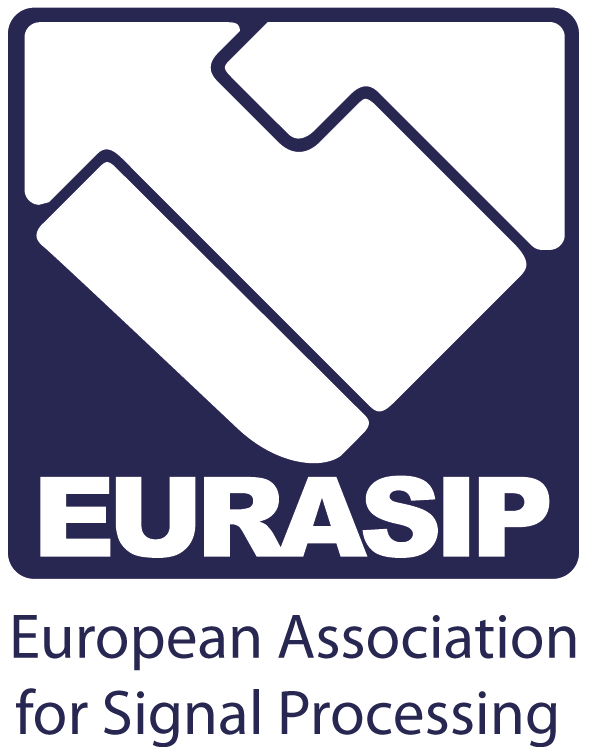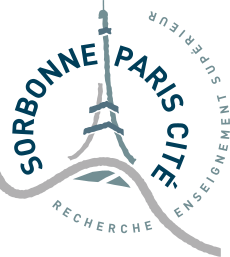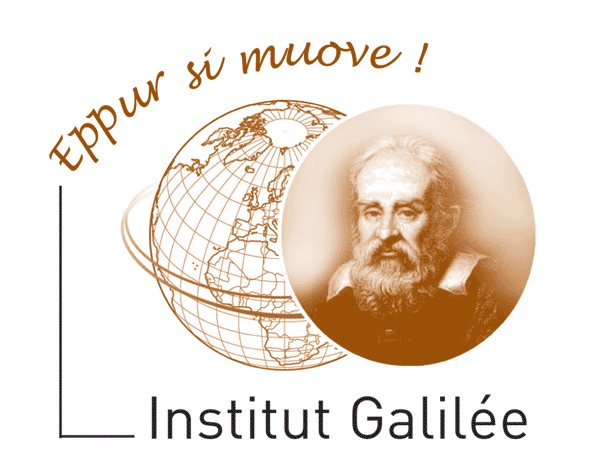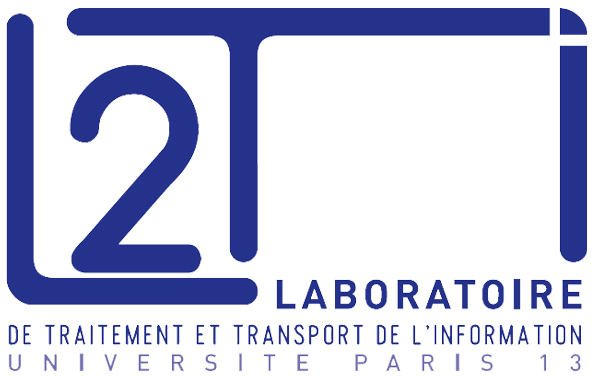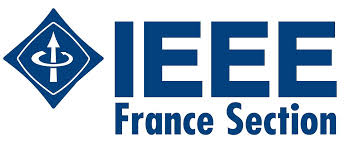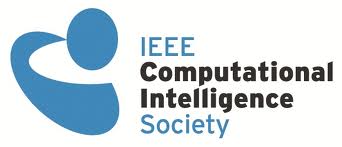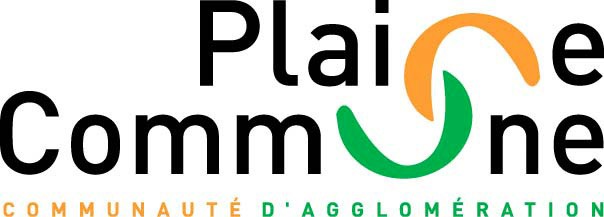Tutorials
| 10:00 - 12:00 |
Understanding binocular perception in the context of asymmetric coding and evaluation of S‐3D by Dr. Mohamed-Chaker Larabi and Sid Ahmed Fezza Room : Amphitheater Fermat |
| 13:30 - 15:30 |
Using iccMAX for colour information processing by Dr. Phil Green Room : Amphitheater Fermat |
| 15:45 - 17:45 |
Objective Image Quality Assessment by Dr. Marius Pedersen Room : Amphitheater Fermat |
The tutorials can be downloaded from here.
To register for any of the tutorials, please fill out this form.
Deadline for tutorials Registration : 16 November 2014 at 17:00 (CET).
Note : Please note that the registration for tutorials is free but the number of places is limited.
M-C Larabi & S. A. Fezza
Title: Understanding binocular perception in the context of asymmetric coding and evaluation of S‐3D
Time : 10:00- 12:00 (December 9th, 2014)
Length: 2 hours
Authors: Mohamed-Chaker Larabi (chaker.larabi@univ-poitiers.fr) and Sid Ahmed Fezza
Description: Asymmetric stereoscopic coding is a very promising technique to decrease the bandwidth required for stereoscopic 3D delivery. This technique is based on the so-called “binocular suppression theory”, which specifies that if the both eyes are provided with two views having a different quality, the fused perceptual 3D image is dominated by the highest quality view. Therefore, according to this theory, one view can be encoded at a sufficiently high quality, and the other with a lower bit-budget, with transparent 3D viewing for the user. Several works have followed this concept since then.
In this tutorial, an end-to-end asymmetric stereoscopic coding system is covered. Firstly, we will give a deep description of a few keys mechanisms of binocular vision, including binocular fusion, binocular rivalry, and binocular suppression. Then we will review the state-of-the-art of asymmetric stereoscopic coding methods. We also examine the perceptual limits of asymmetric coding or the just noticeable threshold of asymmetry between views with which the stereoscopic images can be compressed. In addition, after a broad overview on the 3D image quality assessment, we emphasize on new quality assessment metrics for stereo pairs containing asymmetric distortions, which is a much more challenging problem. Finally, we will describe some consequences of prolonged exposure to asymmetric content, such as eye strain or fatigue that affect the 3D QoE of the viewer. Also, we will show the different solutions in the literature to avoid such inconveniences.
Throughout the tutorial, we will review recent research findings from psychophysical concepts to engineering models, along with a discussion of future research directions, and future outlooks for asymmetric stereoscopic coding.
Outcomes:
- An understanding of the different concepts of binocular vision.
- The state‐of‐the‐art of asymmetric stereoscopic coding methods.
- The perceptual limits of asymmetric coding or the just noticeable threshold of asymmetry.
- Quality assessment of asymmetrically distorted stereoscopic images.
- 3D QoE related to asymmetric content.
Intended Audience: This course is intended for all those with an interest in multiview coding.
Biographies:
Mohamed-Chaker Larabi (M’05-SM’07) received his PhD from the University of Poitiers (2002). He is currently the associate professor in charge of the perception, color and quality activity at the same university. His actual scientific interests deal with image and video coding and optimization, 2D and 3D image and video quality assessment, and user experience. Chaker Larabi is a member MPEG and JPEG committee (since 2000), and chair of the Advanced Image Coding group and, the Test and Quality SubGroup. He serves as a member of divisions 1 and 8 of CIE, is a member of IS&T, and a senior member of IEEE. He is involved in many local, regional, national and international projects.
Sid Ahmed Fezza (S’13) received his engineer degree from University of Dr. Tahar MOULAY (UTM), Sa”̈ıda, Algeria, in 2007, and the M.S. degree from the University of Sciences and Technologies of Oran (USTO), Oran, Algeria, in 2009, both in computer science. Since December 2009, he is PhD candidate in computer science, at Djillali Liabes University (UDL), Algeria. He is currently Assistant Professor at University of Oran, Algeria. His research interests are in the fields of image/video processing, computer vision, image and video coding, visual quality assessment, and user experience.
Phil Green
Title: Using iccMAX for colour information processing
Time : 13:30 - 15:30 (December 9th, 2014)
Length: 2 hours
Author: Phil Green (philip.green@hig.no)
Abstract : The ICC is launching a new preliminary specification that will enable new ways of openly communicating about light, colour and appearance, in accordance with the mission statement of the ICC "... to promote the use and adoption of open, vendor-neutral, cross-platform colour management systems."
The current ICC colour management architecture is based on a colorimetric ‘exchange space’ known as the Profile Connection Space. This meets user needs in most applications, where communication of colorimetry through a well-defined exchange space results in unambiguous and interoperable colour transforms. However, this framework limits the ability to communicate many aspects of visual information, which in a number of fields (such as medical imaging, pack printing, digital photography and fine art reproduction). iccMAX introduces full spectral communication of images, with definable observers and illuminants. It also provides extensions to the ICC architecture in many areas such as the geometry of reflection and measurement, the definition of colour gamuts, and support for programmable transforms.
iccMAX mean that a number of scenarios that could not easily be addressed with previous colour management solutions can now be handled using ICC profiles and CMMs, and this will be of particular interest to researchers who can benefit from the robust framework of the ICC architecture to implement novel transforms. In this tutorial, the new colour management framework will be presented, the preliminary ICCLabs specification will be described and a selection of implementations will be demonstrated. Attendees will gain a better understanding of both the scenarios as well as the practical application of iccMAX based solutions. Tools for generating and applying iccMAX profiles will be made available.
Outcomes: This course will enable the attendee to:
- Describe the limitations of ICC.1 colour management
- Identify scenarios that are addressed by iccMAX
- Understand how to implement an iccMAX transform for spectral processing
- Understand the component transforms used in iccMAX
- Build iccMAX profiles incorporating functionality not available in ICC.1
- Apply iccMAX profiles to images, including three-component and multispectral images
- Test the conformance of an iccMAX profile with the preliminary specification
Intended Audience: This course is primarily intended for scientists, engineers and researchers who have an interest in colour imaging and who wish to explore the possibilities of using the new ICC framework to implement colour transforms on images. Participants should ideally have some appreciation of the existing colour management framework and of CIE colorimetry.
Biography: Phil Green is Professor of Colour Imaging at the Colour and Visual Computing Laboratory, Gjovik University College, Norway. He is also Technical Secretary of the International Colour Consortium, the body that standardizes the ICC profile format and promotes colour management internationally. Dr. Green received a MSc from the University of Surrey in 1995, and a PhD from the former Colour & Imaging Institute, University of Derby, UK in 2003. From 1986 to 2012 he worked at London College of Communication, UK, most recently as Head of Research. Dr. Green's research interests are around cross-media colour reproduction, and include characterization, appearance, metrology, image quality and colour difference.
Marius Pedersen
Title: Objective Image Quality Assessment
Time : 15:45 - 17:45 (December 9th, 2014)
Length: 2 hours
Author: Marius Pedersen (marius.pedersen@hig.no)
Description: Image quality assessment is a topic of growing interest that has also been the subject of much recent research. In this short course, we examine the general structure of image quality metrics and their main components, such as modelling the human visual system and pooling. Further, we investigate how metrics can be classified into different categories. We describe some of the most common image quality metrics. We then discuss and introduce the most common methods to evaluate the performance of image quality metrics, and show examples from evaluation of metrics.
A second major thread for image quality investigations is to identify a set of key image quality attributes, such as tone reproduction, sharpness, contrast, graininess, color fidelity, and artifacts, and to compute these as a set of distinct metrics for evaluating image quality. We discuss methods for conducting psychophysical experiments to evaluate these specific aspects of image quality, and the use of spider plots to illustrate how they separately and cumulatively affect overall image quality. Finally, we illustrate the use of these image quality concepts for the evaluation of printer workflows.
Outcomes: This course will enable the attendee to:
- Be familiar with the major image quality metrics in use today.
- Be familiar with the common methods for modelling the human visual system.
- Understand methods for pooling the results of spatial image quality maps to yield a single-number assessment of overall image quality.
- Understand the most common methods for evaluation of image quality metrics.
- Understand what are the major image quality attributes, what they measure, and how they are computed.
- Know how to generate and interpret spider-plots that provide an integrated view of how a given image performs across a set of image quality attributes.
- Gain insight into the application of the concepts introduced in this course to the solution of real-world problems in imaging systems development.
Intended Audience: This course is intended for scientists, engineers, analysts, and managers involved in the design, engineering, manufacturing, marketing, or evaluation of imaging and printing products, algorithms, or systems. Participants should be familiar with the function and basic properties of imaging systems. A rudimentary knowledge of color science, linear systems, and image processing will be helpful, but is not essential.
Biography: Marius Pedersen is associate professor in the Norwegian Colour and Visual Computing Laboratory at Gjøvik University College, Norway. His work in centered on image quality assessment. He received his BsC in Computer Engineering in 2006, and MiT in Media Technology in 2007, both from Gjøvik University College, Norway. He received his PhD in Color Imaging in 2011 from the University of Oslo, Norway, with a dissertation on image quality metrics for the evaluation of printing workflows under the supervision of Pr. Hardeberg, Pr. Albregtsen, and Dr. Bonnier, sponsored by Océ. He is currently the head of the Norwegian Colour and Visual Computing Laboratory at Gjøvik University College.
 |
Stephen Grossberg Boston University, USA. |
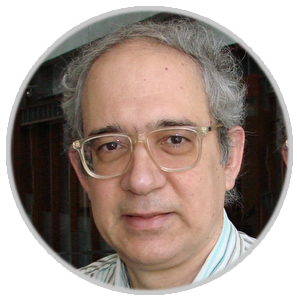 |
Thrasos Pappas Northwestern University Evanston, USA. |
 |
Jean Ponce École Normale Supérieure, France. |
 |
Christian Timmerer Alpen-Adria-Universität Klagenfurt, Austria. |
 |
Marcin Detyniecki Université Pierre et Marie Curie, Paris, France. |
 |
Guido Bologna University of Geneva, Switzerland. |











